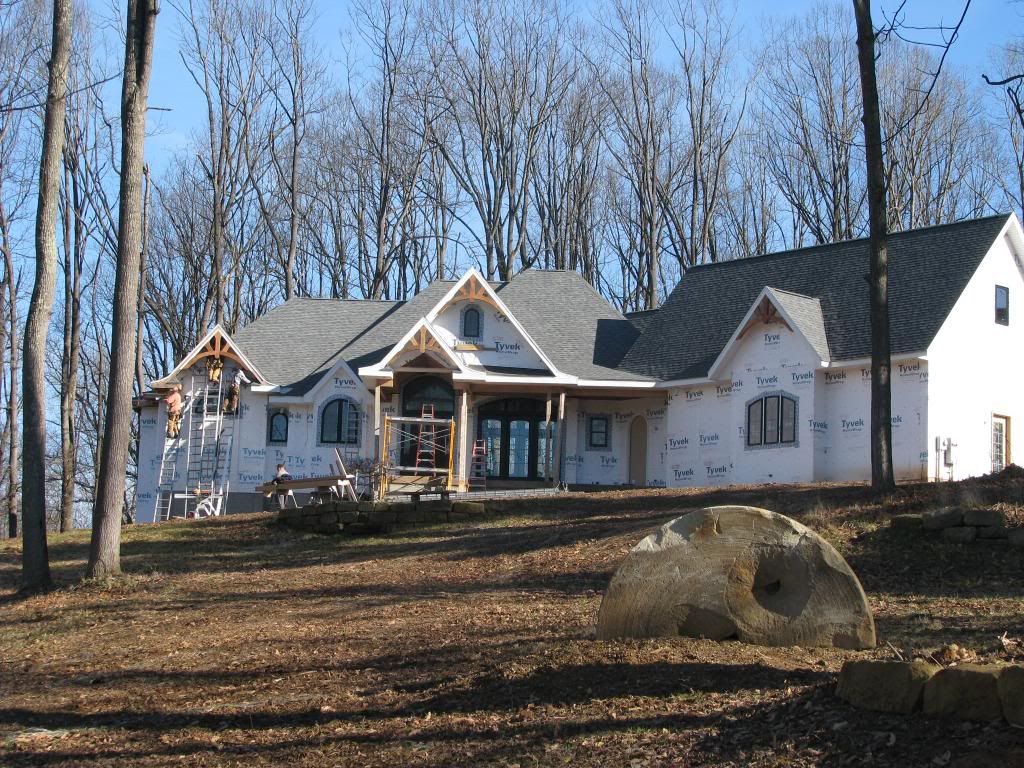Raspy
Veteran Member
- Joined
- Dec 16, 2006
- Messages
- 1,636
- Location
- Smith Valley, Nevada
- Tractor
- NH TC29DA, F250 Tremor, Jeep Rubicon
great to know! You said to maintain 62 in home you have 130 degrees set at the valve. Is that maxed out? What temp does the basement stay at?
I don't think that's exactly what he meant, but he can correct me if I'm wrong. The thermostat controls it such that it only runs for an hour and stays off for six hours. This is very typical and makes sense. Sounds like a good system. And it doesn't mean the floor is 130 degrees in order to maintain 62. There's a big difference between delivery temp, floor temp and air temp. Don't take all these numbers too literally. Time, tube spacing and actual delivery temp vs max delivery temp all factor in. There are exceptions, but usually the average floor temp is not above 80 or 85 and often only about 70-75. Early in the heating cycle, there might be a 90 directly over the tube and 65 between the tubes. If the floor is driven up too fast, there will be an overshoot because the thermostat reading lags and by the time it shuts off the floor is hot enough to bring the temp on up an extra ten degrees. This is where high limits and programming become important.
Rick, Thanks for the numbers

